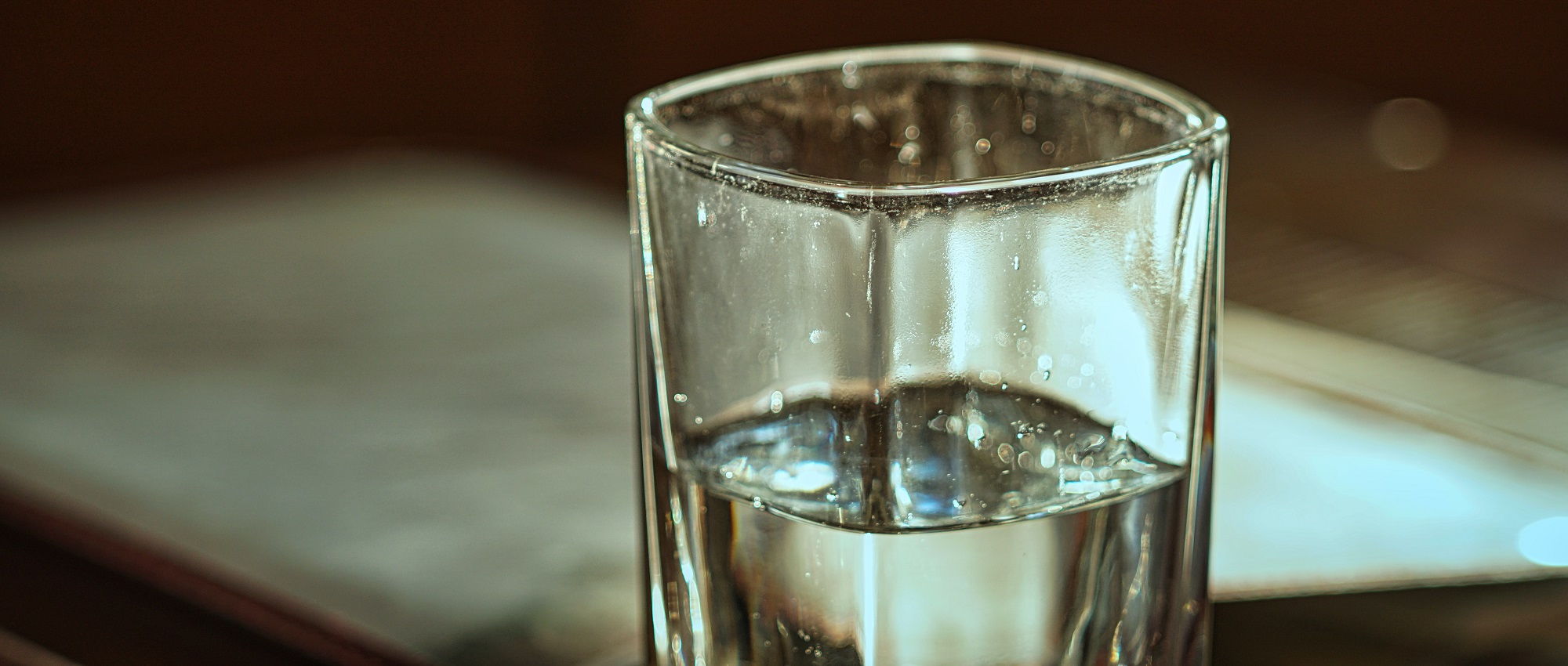
Danish data support fluoride being toxic to brain development
Even an apparently small amount of fluoride transferred from the mother during her pregnancy to the fetus can damage the fetal brain development.
The fluoride concentrations in Danish drinking water are generally low, but they may be complemented by the ingestion of toothpaste and by drinking certain types of black tea. Although fluoride exposures in the Danish women were comparatively low and similar to Canadian women from non-fluoridated cities, the cohorts overlapped in exposure levels, so that the researchers could generate joint conclusions from all the cohorts.
Meet the researcher
In addition to Philippe Grandjean, Professor of Environmental Medicine, University of Southern Denmark, the study authors include colleagues from University of Copenhagen, Odense University Hospital, and researchers from the United States and Canada.
Advice on avoiding elevated exposure to fluoride
-
Make sure that your community drinking water contains only low fluoride concentrations. If not, consider relying on bottled water that has a confirmed low fluoride level.
- Toothpaste containing fluoride are beneficial, as the fluoride will help strengthen the enamel surface of the teeth so that they will be more resistant against caries. However, the toothpaste should not be swallowed, as absorption of the fluoride will provide no benefit at all and could cause harm.
- Certain types of tea may contain highly increased fluoride levels. Studies suggest that this is true for some black teas from East Africa often used in commercial teabags, as well as some black teas from China, Sri Lanka and India.
- Pregnant women should pay special attention to maintaining a low fluoride exposure.
The data were examined using the type of statistics applied by regulatory agencies in Europe and the United States. The calculations showed a so-called benchmark level of about 0.3 mg/L, which suggests that water-fluoride concentrations at many locations may not be safe. In the United States and Canada, fluoride is often added to community drinking water at a concentration of 0.7 mg/L with the intention of protecting against caries. However, this level is higher that the safe level that is suggested by the new study. Some countries add fluoride to table salt, also with the aim of benefitting children’s teeth.
Grandjean says that fluoride is beneficial when it is in contact with the enamel surface of the teeth, but that ingestion of the fluoride does not add any benefit. On the contrary, pregnant women who ingest fluoride will pass it on to the fetus without obtaining any benefit at all. In contrast, the fluoride can reach the highly vulnerable fetal brain and should therefore be minimized or fully avoided.
Facts about the study
Mothers and children from the Odense Child Cohort participated in the study. Fluoride was measured in urine samples from the mothers during pregnancy as a measure of the amount of fluoride that may reach the fetal circulation. The children were examined by a standardized IQ test when they entered school at 7 years of age.
Facts about flouride
Fluoride is an element that occurs worldwide, though mostly in low concentrations, e.g., in water and in soil. Certain plants will absorb fluoride, particularly the tea plant that will concentrate the fluoride in the leaves, thus causing elevated concentrations in certain types of teas, especially black tea.